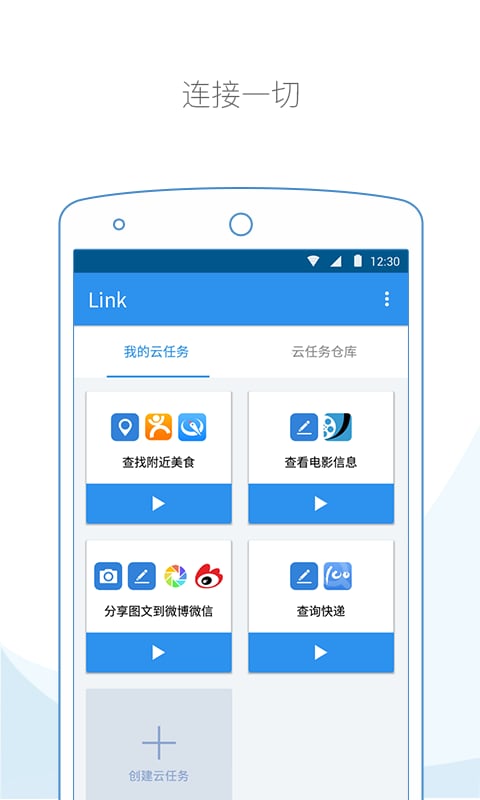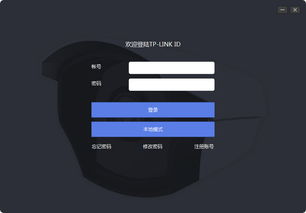Understanding the Basics of CSS Link

When it comes to styling your web pages, CSS (Cascading Style Sheets) plays a crucial role. One of the fundamental elements in CSS is the <link> tag. In this article, I’ll delve into the details of the <link> tag, explaining its purpose, attributes, and how it integrates with your HTML documents.
The Purpose of the <link> Tag

The <link> tag is an essential part of HTML that is used to link external CSS files to your HTML documents. This tag is typically placed within the <head> section of your HTML document. By using the <link> tag, you can define the styles for your web pages, making them visually appealing and consistent across different browsers.
Attributes of the <link> Tag

The <link> tag has several attributes that you can use to customize its behavior. Here are some of the most important ones:
| Attribute | Description |
|---|---|
| rel | Specifies the relationship between the current document and the linked resource. For CSS, the value is usually “stylesheet” to indicate that the linked resource is a style sheet. |
| type | Specifies the MIME type of the linked resource. For CSS, the value is “text/css” to indicate that the resource is a CSS style sheet. |
| href | Specifies the URL of the linked resource. This is where you provide the path to your CSS file. |
| media | Specifies the media type for which the style sheet is intended. Common values include “all” (for all devices), “print” (for printing), and “screen” (for screens). |
Using the <link> Tag in Practice
Let’s say you have a CSS file named “styles.css” that you want to link to your HTML document. Here’s how you would use the <link> tag to achieve that:
<head> <link rel="stylesheet" type="text/css" href="styles.css" media="screen"></head>In this example, the <link> tag links the “styles.css” file to the HTML document. The “rel” attribute is set to “stylesheet” to indicate that the linked resource is a style sheet, the “type” attribute is set to “text/css” to specify the MIME type, the “href” attribute is set to “styles.css” to provide the path to the CSS file, and the “media” attribute is set to “screen” to indicate that the style sheet is intended for screens.
Comparing <link> and @import
While the <link> tag is commonly used to link external CSS files, there’s another method called @import that can be used to achieve a similar result. However, there are some differences between the two methods:
<link>is an HTML tag, while @import is a CSS rule.<link>can be used in the<head>or<body>of an HTML document, while @import can only be used within a CSS file.<link>can link multiple CSS files, while @import can only link one CSS file.<link>loads the CSS files at the same time as the HTML document, while @import loads the CSS files after the HTML document has finished loading, which can cause a page flash.<link>can specify the relationship between the CSS file using the “rel” attribute, while @import does not have this attribute.













